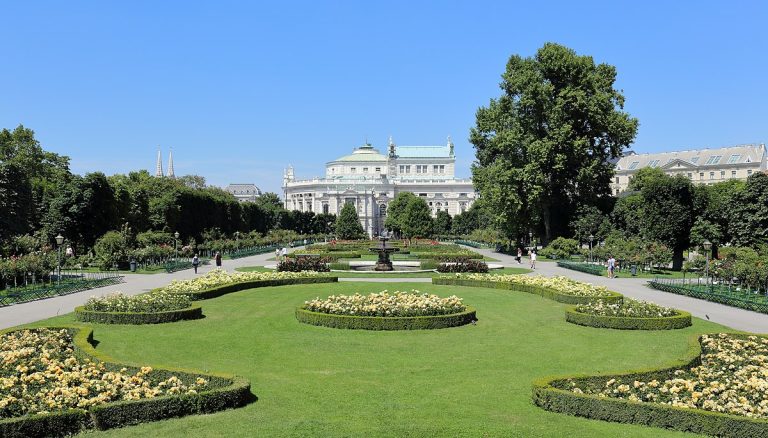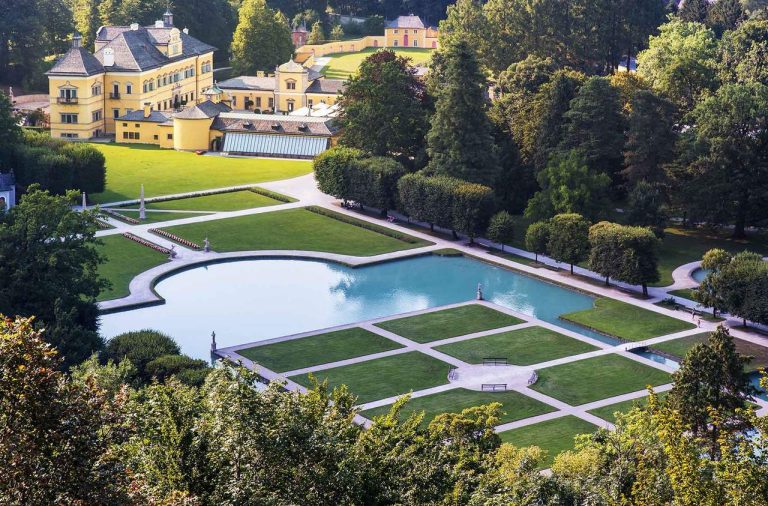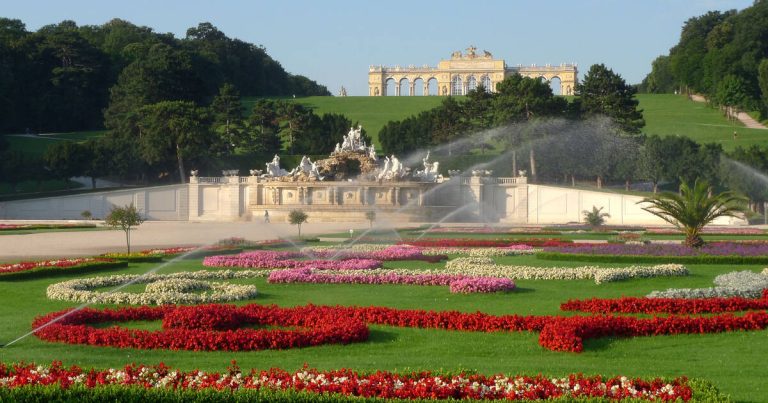Your cart is currently empty!

Le Volksgarten
Think roses. Are you thinking of roses? Good. Now think of even more roses.
Huge beds of tiered roses fill the sides of the Rose Garden: tall bushes at the back and smaller standards and bushes near the front. And each a different variety.
The flowers form a kaleidoscope of colour in the late spring and summer. And each rosebush carries a personal dedication to a lover, family member or similar.









